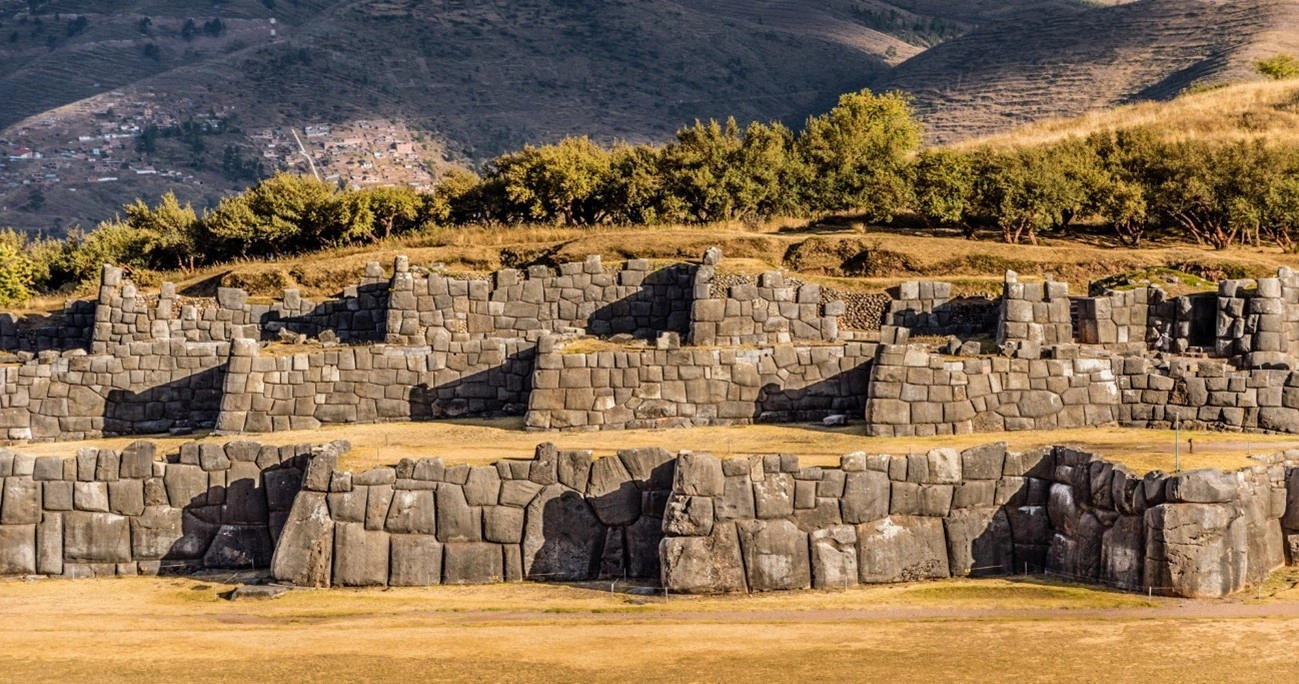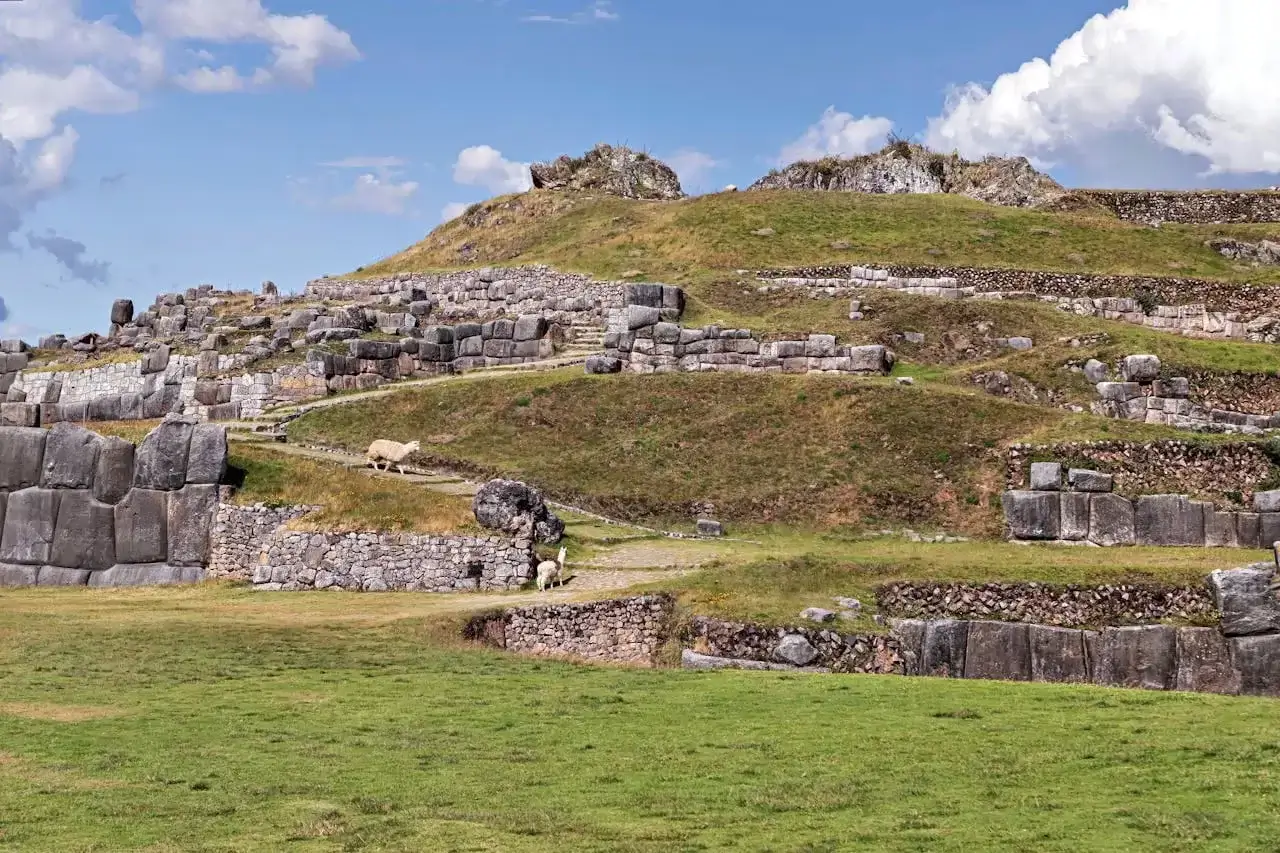Towering above the city of Cusco, the ancient fortress of Sacsayhuamán is more than just a historic site it’s a breathtaking symbol of the Inca Empire’s ingenuity, cultural richness, and spiritual reverence. With its massive zigzagging stone walls, panoramic views of the Sacred Valley, and vibrant connection to present-day Inti Raymi celebrations, this UNESCO World Heritage Site offers an unmissable experience for those seeking to uncover the heart of Andean civilization.
Whether you are a cultural explorer, a family traveler with a passion for ancient civilizations, or an adventure-seeker building your dream Peru itinerary, visiting Sacsayhuamán promises to be one of the most compelling highlights of your journey.
1. What Is Sacsayhuamán?
Sacsayhuamán (also spelled Saqsaywaman) is a pre-Columbian archaeological complex known for its cyclopean masonry some of its stones weigh over 120 tons and fit together with astonishing precision without mortar. Thought to have been both a ceremonial center and a military stronghold, this sacred site remains one of the finest examples of Inca architecture.
2. Where Is Sacsayhuamán Located?
Situated about 2 kilometers from Cusco’s historic center, Sacsayhuamán sits on a hill at an altitude of approximately 3,700 meters (12,140 feet). The site overlooks the entire city and is easily accessible by foot, car, or as part of a guided Sacred Valley tour.
3. Historical Background: From Sacred Sanctuary to Strategic Stronghold
Believed to have been initially commissioned by Inca Pachacútec in the 15th century, Sacsayhuamán likely served dual purposes. It was a spiritual site aligned with the Inca cosmos and an imperial symbol of power designed to intimidate and inspire. Spanish chroniclers later reported its use in the Battle of Cusco (1536), during Manco Inca’s resistance against the conquistadors.
Despite being partially dismantled during the colonial era for its stones, much of its grandeur still stands.
4. The Megalithic Stones: How Did the Incas Build It?
The construction of Sacsayhuamán continues to baffle engineers and archaeologists. Some stones are over 9 meters tall, yet they were trans
ported without wheels, lifted without cranes, and assembled with millimetric precision.
While theories abound from rope and pulley systems to esoteric speculation the exact methods remain uncertain. What is clear is the mastery of Inca stone-cutting techniques and an unparalleled understanding of earthquake-resistant engineering.
5. Sacsayhuamán Today: Festivals, Ceremonies, and Tourism
Today, Sacsayhuamán is the stage for Inti Raymi, the vibrant Festival of the Sun held every June 24th. Thousands gather to honor the winter solstice, recreating ancient Inca rituals in a colorful blend of drama, music, and dance.
The site is open year-round and offers guided tours, photo opportunities, and a serene atmosphere ideal for spiritual reflection or cultural immersion.
6. How to Get to Sacsayhuamán from Cusco
From the Plaza de Armas, you can:
- Walk uphill (~30–45 minutes with stops)
- Take a taxi (~10 minutes)
- Join a private guided tour
For trekkers, it's an excellent acclimatization hike with rewarding views.
7. Best Time to Visit and Tips for Travelers
- Dry Season (May–October): Ideal for clear skies and best photos
- Rainy Season (November–April): Fewer tourists but muddy paths
- Wear layers: The weather can change quickly
- Bring water and sun protection
- Respect the site: Do not climb or touch the stones
8. Sacsayhuamán for Families, Trekkers, and Cultural Enthusiasts
- Families: Safe and educational, especially with a private guide
- Hikers: Pair with a walk to Qenqo or Cristo Blanco
- History Buffs: Connects to the broader narrative of the Inca Empire
- Photographers: Golden hour yields magical light across the zigzag walls
- Pro Tip: Visit early morning or late afternoon for fewer crowds and better light.
9. Suggested Tours for Sacsayhuaman
Our curated itineraries include Sacsayhuamán in multiple formats:
- Half-Day Cusco City Tour (Sacsayhuamán, Qorikancha, Cathedral)
- Full Sacred Valley Experience with Sacsayhuamán Extension
- Inti Raymi Special Package (June only)
All our tours are private, customizable, and led by expert local guides.
10. Nearby Attractions to Visit After Sacsayhuamán
Maximize your day by adding:
- Qenqo: Mysterious ceremonial site
- Tambomachay: Inca water temple
- Puca Pucara: A small red fortress
- Cristo Blanco: Overlooking statue of Christ with panoramic views
These are easily combined in a Cusco archaeological circuit.
Visiting Sacsayhuamán isn’t just about seeing ancient walls it’s about experiencing the soul of Andean civilization. From its spiritual alignment to its unmatched construction, this sacred site connects the past with the present, offering a profound encounter for every traveler.



